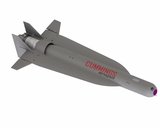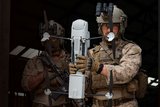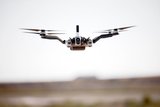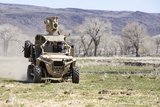Wave Glider has taken part in a project with the Centre for Environment, Fisheries and Aquaculture Science UK (Cefas UK) to allow scientists to measure water characteristics and selectively collect samples in near real-time. Liquid Robotics USA announced the news on 26 September.
The project saw a Wave Glider integrated with a Cefas water sampler deployed in the southern North Sea about 60km off the Lincolnshire, UK coastline. The USV spent 48 days at sea being remotely piloted 24/7 by the Liquid Robotics operations team from its California headquarters almost 9,000km away. The vessel covered an area of over 2,700km before being recovered.
The integrated water sampler allowed scientists to collect 11 samples ‘on demand’ over the duration of the mission by sending commands over the Iridium satellite network. This meant that samples could be collected in areas of particular interest, in contrast to the previous mission in which sampling was done at pre-set times regardless of the route taken.
One of the collected data sets concerned a small suspected toxic algal bloom of Karenia sp. north of the Dogger Bank. Using experimental daily satellite images of an algal bloom Cefas navigated the USV to the area. Operators were able to monitor the near-real time data from the on-board chlorophyll sensor to confirm its presence. Two samples were collected that have since been confirmed to contain the phytoplankton Karenia sp.
Wave Glider’s autonomous navigation was also put to the test during the mission. The vessel picked up transmission of over 350 ships during the mission, was closely inspected by two oil/gas industry standby vessels and navigated through many southern North Sea gas fields/platforms. It also navigated around many shallow sandbanks in the southern North Sea and coped with strong tidal currents off East Anglia.






















